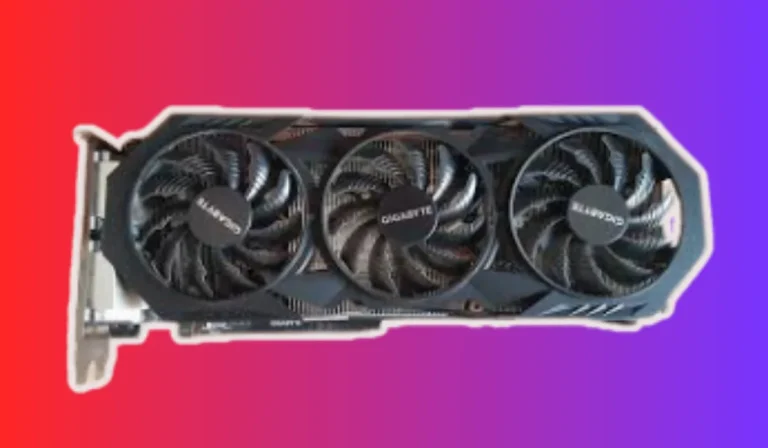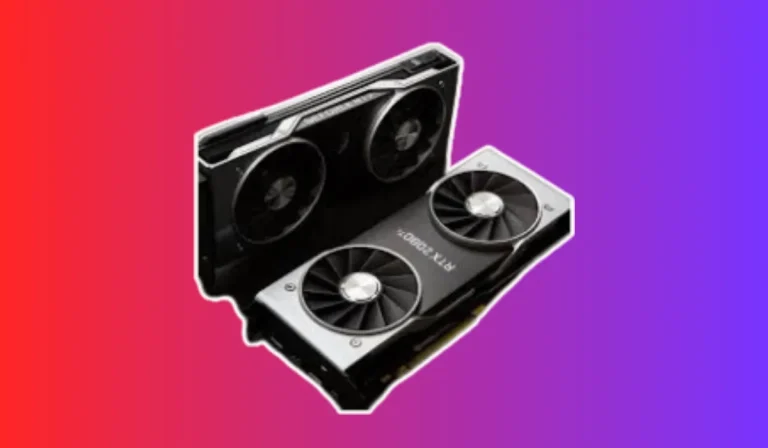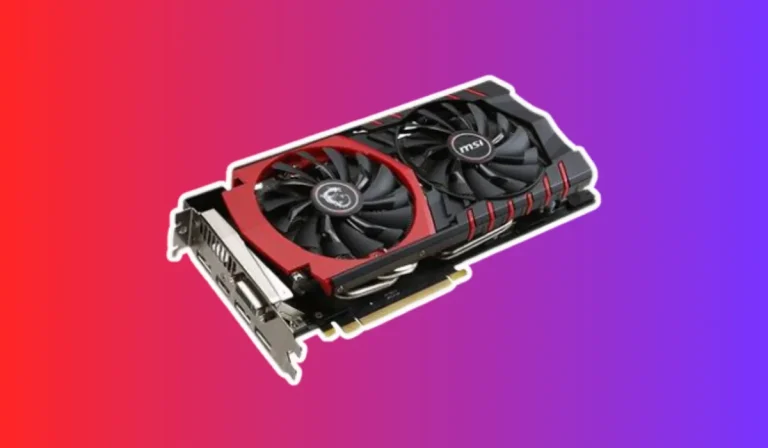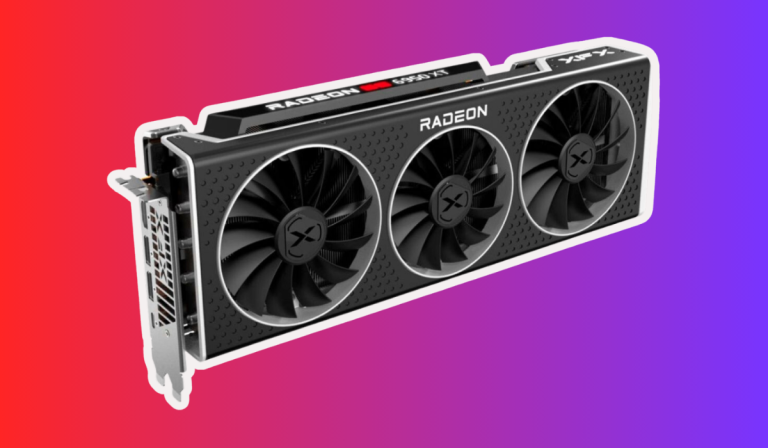How many graphics cards can a PC have?
Meta Description: “Discover the maximum number of graphics cards a PC can accommodate and unleash the full potential of your gaming or professional setup.”
Are you a PC enthusiast or a gaming aficionado looking to supercharge your computer’s graphics performance? Wondering how many graphics cards you can cram into your rig?
Look no further! In this article, we’ll explore the exciting world of graphics cards and uncover the maximum number your PC can handle. Let’s dive in and unleash the true power of your setup!
Factors Influencing the Number of Graphics Cards
When it comes to determining how many graphics cards your PC can accommodate, several factors come into play. Understanding these factors is crucial in optimizing your setup for maximum performance.
Motherboard Compatibility and Available PCIe Slots
One of the primary factors affecting the number of graphics cards is your motherboard’s compatibility and the available PCIe (Peripheral Component Interconnect Express) slots. PCIe slots are necessary for connecting and installing graphics cards.
Different motherboards offer varying numbers of PCIe slots, and it’s essential to check your motherboard’s specifications to determine the maximum number of graphics cards it can support.
Power Supply Capacity and Connectors
Graphics cards are power-hungry components that require adequate power supply. The number of graphics cards you can have is limited by your power supply’s capacity.
Each graphics card needs a certain amount of power, and it’s crucial to ensure that your power supply can handle the combined power requirements of multiple cards. Additionally, you must have enough power connectors available on your power supply to connect each card properly.
Cooling Solutions and Space Constraints
Multiple graphics cards generate significant heat, which can impact their performance and longevity. Sufficient cooling solutions are necessary to keep the temperatures in check.
Before adding multiple graphics cards, ensure that your PC case has adequate airflow and cooling options such as fans or liquid cooling systems. Additionally, consider the physical space within your case, as larger graphics cards can take up more space and may require additional slots.
Performance and Scaling
When it comes to getting the most out of your computer’s graphics capabilities, performance and scaling play a crucial role. Understanding how your system’s performance can improve and how scaling works can help you optimize your setup for a better visual experience.
Enhancing Performance
Having a high-performance graphics card can significantly enhance your gaming or professional applications. It means smoother gameplay, faster rendering, and more detailed graphics. But what if you could take that performance to the next level? That’s where scaling comes in.
The Power of Scaling
Scaling refers to the ability to use multiple graphics cards in parallel to distribute the workload. By harnessing the combined power of two or more cards, you can achieve even better performance. This can lead to improved frame rates, reduced input lag, and an overall smoother experience.
Optimizing Your Setup
To make the most of scaling, it’s important to ensure that your applications or games are optimized for multi-GPU setups. Not all software can fully utilize the potential of multiple cards, so it’s essential to check compatibility and research the specific requirements of your favorite titles.
Factors to Consider
While scaling can bring significant performance gains, it’s crucial to consider other factors as well. The cooling capacity of your system, the power supply’s capability to handle the increased load, and the compatibility of your motherboard are all important aspects to evaluate before diving into a multi-GPU setup.
Considerations for Gamers and Professionals
Intro: Whether you’re a passionate gamer or a professional in need of powerful graphics capabilities, there are several important considerations to keep in mind when deciding to add multiple graphics cards to your setup. Understanding these factors will help you make an informed decision and ensure the best possible experience.
Compatibility with Games and Software
Before investing in multiple graphics cards, it’s crucial to ensure compatibility with your favorite games and software. Not all games or applications are optimized for multi-GPU setups, and some may not even support it at all.
Researching the compatibility of your specific titles will help you determine if adding multiple graphics cards will truly enhance your gaming or professional experience.
Power Consumption and Cooling
Multiple graphics cards consume more power than a single card, which can put a strain on your power supply. It’s important to ensure that your power supply has enough capacity to handle the increased power demands. Additionally, the heat generated by multiple cards can impact performance and longevity.
Adequate cooling solutions, such as efficient fans or liquid cooling systems, are essential to maintain optimal temperatures and prevent thermal throttling.
Budget Considerations
Adding multiple graphics cards can be a significant investment. Not only do you need to consider the cost of the additional cards themselves, but you may also need to upgrade your power supply, cooling system, and potentially your motherboard.
It’s important to assess your budget and determine if the performance gains achieved by adding multiple graphics cards align with your financial goals.
Future Upgrade Path
Lastly, consider your plans for upgrades. Adding multiple graphics cards can limit your options for future upgrades, as not all motherboards support more than two or three cards.
It’s essential to consider your long-term goals and whether investing in multiple graphics cards aligns with your upgrade path.
FAQ’s
1. How many graphics cards can a PC have?
PC can typically have multiple graphics cards, depending on the motherboard and its available expansion slots. Most motherboards support up to two or three graphics cards, while high-end motherboards designed for multi-GPU setups can accommodate even more.
2. Can I mix different graphics cards on the same PC?
Mixing different graphics cards in the same PC is possible, but it comes with some limitations. Both cards should be from the same manufacturer and use the same GPU architecture for optimal compatibility. However, it’s important to note that mixing cards may not provide significant performance gains in most cases.
3. Do all games and software support multiple graphics cards?
No, not all games and software support multiple graphics cards. It depends on the specific titles and applications you use. Some games are not optimized for multi-GPU setups, while others may not support it at all.
It’s essential to research compatibility and check the requirements of your favorite games and software before investing in multiple graphics cards.
4. What are the power requirements for multiple graphics cards?
Multiple graphics cards consume more power compared to a single card. It’s crucial to ensure that your power supply has sufficient capacity to handle the increased power demands.
It’s recommended to have a high-quality power supply with enough wattage and the necessary PCIe power connectors to support multiple graphics cards.
5. Can adding multiple graphics cards improve gaming performance?
Adding multiple graphics cards can potentially improve gaming performance, but it depends on various factors. Not all games can fully utilize the potential of multiple cards, and some may even experience diminishing returns.
It’s important to research game compatibility, optimize settings, and consider other factors like cooling and power supply capacity to ensure a smooth and efficient multi-GPU setup.
Conclusion
The number of graphics cards a PC can have depends on the motherboard and its available expansion slots. While most motherboards support up to two or three cards, high-end ones can accommodate even more.
However, it’s important to ensure compatibility, consider power requirements, and check game support before diving into a multi-GPU setup.




